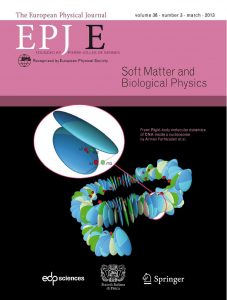Nucleosome sliding results from defects that are spontaneously formed on the nucleosome. Such a defect can be accommodated inside the nucleosome by the over- or understretching and over- or under-twisting of the corresponding DNA section. To study nucleosomal DNA we introduce a coarse-grained molecular dynamics model based on sequence-dependent harmonic rigid base pair step parameters of DNA and nucleosomal binding sites. The model is then used to determine the energy cost for placing a twist defect into the nucleosomal DNA which allows us to use Kramers theory to calculate nucleosome sliding caused by such defects. It is shown that the twist defect scenario together with the sequence-dependent elasticity of DNA can explain the slow time scales observed for nucleosome mobility along DNA. With this method we also show how the twist defect mechanism leads to a higher mobility of DNA in the presence of sin mutations near the dyad axis. The results can be helpful to decipher second genetic code written within the DNA sequence.
The results of this study recently published in Eur. Phy. J. E as featured article. More information about this study is available through EPJE portal and sciencedaily.

